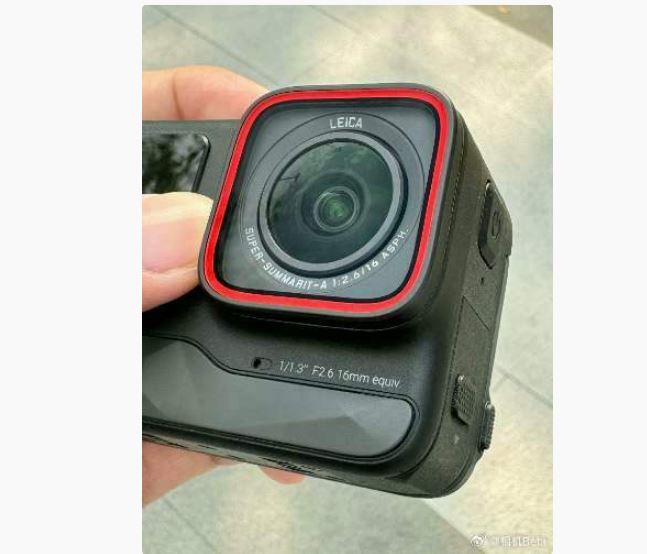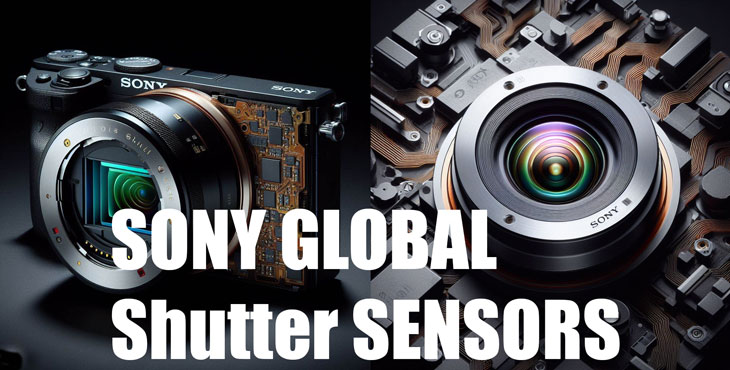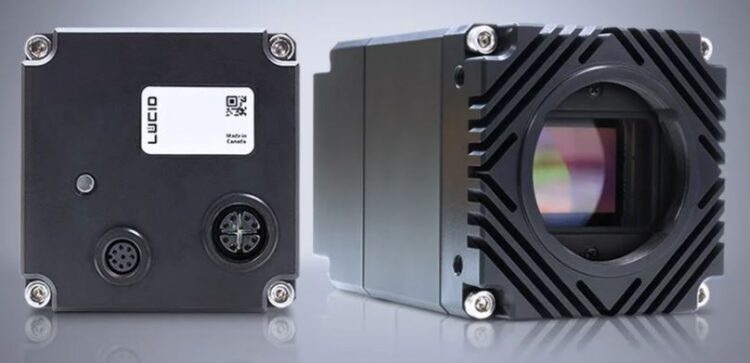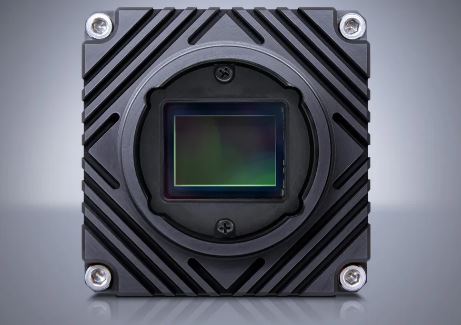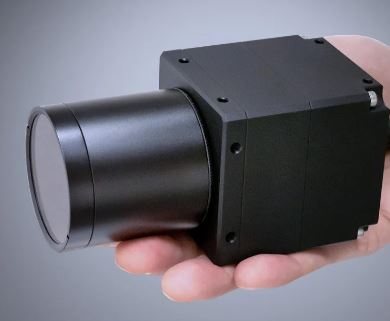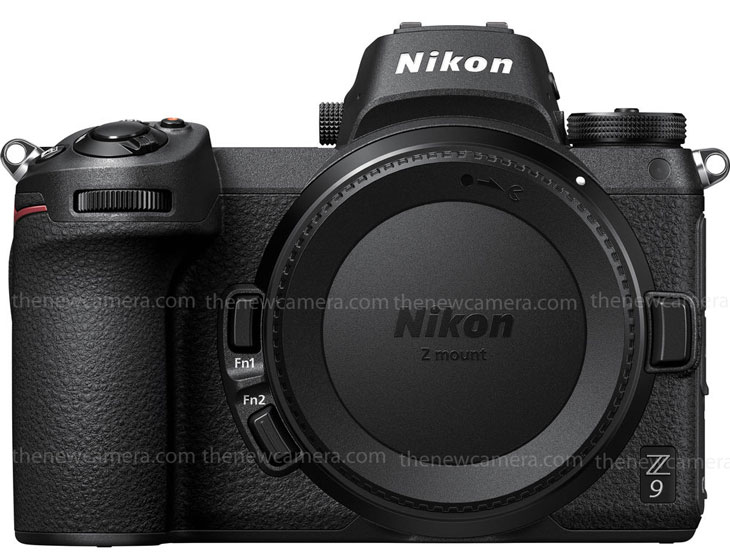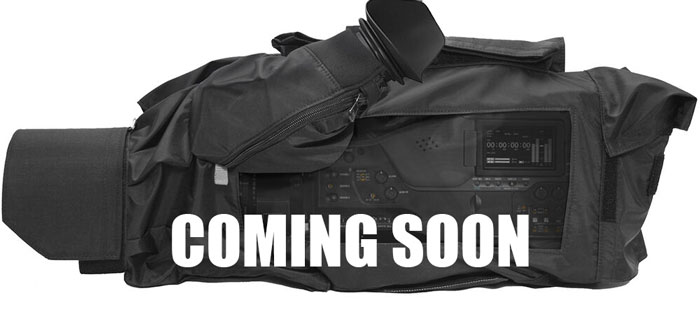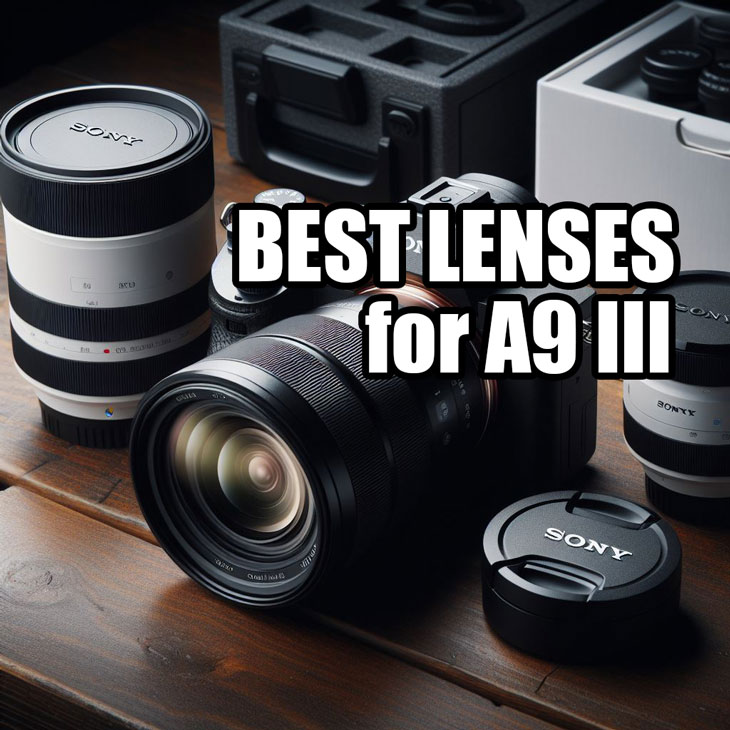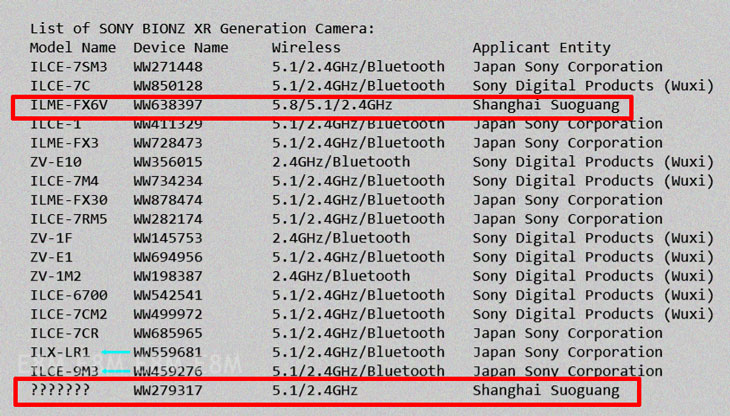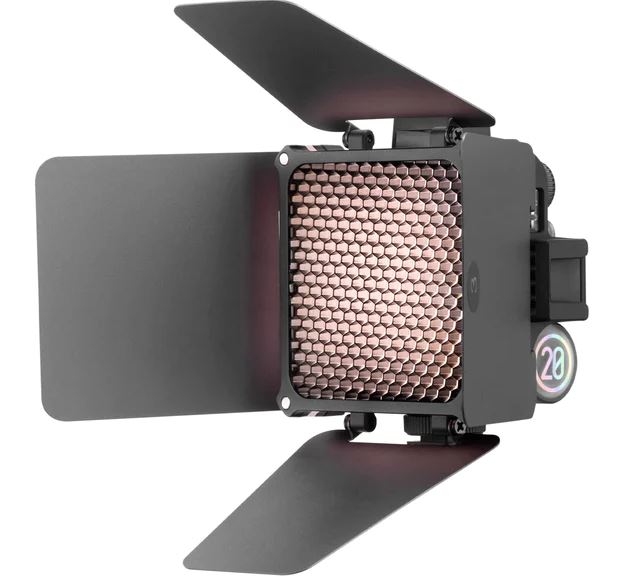
ZHIYUN Unveils Pocket-Sized FIVERAY M20 Lighting Series With 20W Power and Full Color Control
Shenzhen, China, November 10, 2023 – ZHIYUN’s new FIVERAY M20 series of pocket-sized lights combine professional-level features with consumer-level ease-of-use in an easily portable format. They offer videographers and photographers a powerful light in a compact and portable form factor, which is suitable for a wide range of applications and scenarios.
Professional Lighting in a Pocket
The FIVERAY M20 series currently consists of two products: the FIVERAY M20 and the FIVERAY M20C. Both lights feature a 20W power output, a 4500mAh battery capacity, a 40-minute continuous runtime, and a PD charging time of 2 hours. These compact lights are similar in size and weight to a mobile phone, but can provide extremely bright, highly-controllable light.
Ultra-Wide High-Fidelity Color Range, and Wireless Mesh Control Option
The FIVERAY M20 offers a color temperature (CCT) range of 2700K to 6500K and a Color Rendering Index (CRI) of 95+, making it ideal for applications that require natural and accurate white light. This precise white balance control ensures attractive, lifelike imaging in any lighting environment. The FIVERAY M20C has additional RGB LEDs, making it ideal for applications that require an even wider color temperature range of 2500K to 10000K, more color control – and an even better CRI of 94+.
The FIVERAY M20C also allows wireless lighting control via ZHIYUN’s mobile app, includes additional lighting effects and Bluetooth mesh capability, making it possible to synchronize multiple lighting devices to cover wider areas or for innovative effects. Users can stack multiple lighting units for expansive brilliance, or synchronize them effortlessly through ZHIYUN’s app for unparalleled remote control. These lights are small in size, but vast in possibilities.
Standard vs COMBO Versions
Both products are available in two versions: the standard package and the COMBO package. The standard version contains all the essentials. The COMBO version includes more accessories such as a diffuser, a 4-leaf barn door, a honeycomb grid, and a storage bag. The dual-side extension bracket and cold shoe, included with all packages, allow users to attach individual accessories, or make combinations for diffused, focused, or creatively-shaped lighting.
A Bright, Portable Light Source for Any Job, Anytime, Anywhere
The FIVERAY M20 series is so versatile that it’s not only for video professionals and enthusiasts. In fact, the M20 series is perfect for any situation where powerful light is needed on demand, from rescue operations to home improvement – and it’s so portable that it’s easy to keep at hand. Whether users need to create ambiance for events or performances, highlight details for makeup or crafts, illuminate dark areas for emergencies or outdoor activities, or accent features for interior design or presentations, the FIVERAY M20 series can help achieve the desired effects. The adjustable color options, the portability, and the accessories make these lights suitable for a wide range of scenarios and applications.
Save Up to 20% With Black Friday Prices
To celebrate the launch of the FIVERAY M20 series, ZHIYUN is offering a special Black Friday deal from November 10 to 30, 2023. For this limited period, customers can enjoy these big savings:
FIVERAY M20: $69 (Standard price is $89)
FIVERAY M20 COMBO: $99 (Standard price is $119)
The FIVERAY M20 is available from the ZHIYUN and Amazon Stores.
FIVERAY M20C: $119 (Standard price is $139)
FIVERAY M20C COMBO: $149 (Standard price is $169)
The FIVERAY M20C is available from the ZHIYUN and Amazon Stores.
Visit ZHIYUN’s website to learn more about the FIVERAY M20 series and place an order today. Experience innovation, experience brilliance. ZHIYUN’s FIVERAY M20 series is here to elevate visual storytelling to awe-inspiring levels.
